Introduction: A Google penalty can be a significant setback for any website, impacting its search engine rankings and visibility. In this blog, we’ll explore the common causes of Google penalties, how to identify if your site has been penalized, and actionable steps to recover and regain your position in search results.
1. Understanding Google Penalties: Causes and Consequences: Google penalties are imposed when a website violates Google’s Webmaster Guidelines. Common causes include unnatural links, thin or duplicate content, keyword stuffing, and other practices that manipulate search rankings. Penalties can result in a drop in rankings or even removal from search results.
2. Identify the Type of Penalty: Manual vs. Algorithmic: There are two main types of Google penalties: manual and algorithmic. A manual penalty is imposed by a Google reviewer, while algorithmic penalties are automatic and triggered by algorithm updates. Identifying the type of penalty is crucial for devising an effective recovery strategy.
3. Conduct a Comprehensive Site Audit: Identify Issues: Begin the recovery process by conducting a thorough site audit. Identify any issues related to content, links, or technical aspects that may have triggered the penalty. Tools like Google Search Console and other SEO audit tools can assist in this assessment.
4. Remove or Disavow Harmful Backlinks: Prioritize Link Cleanup: If the penalty is link-related, focus on removing or disavowing harmful backlinks. Use Google Search Console to identify low-quality or spammy links pointing to your site. Reach out to webmasters to request removal, and use the disavow tool for links that cannot be removed.
5. Revise and Improve Content: Prioritize Quality: Address content-related penalties by revising and improving your content. Eliminate thin or duplicate content, and ensure that your content provides value to users. Consider adding fresh, relevant, and authoritative content to enhance the overall quality of your website.
6. Optimize On-Page SEO Elements: Meta Tags, Headings, and Structure: Optimize on-page SEO elements, including meta tags, headings, and overall site structure. Ensure that each page has a clear focus on relevant keywords, and that the content is well-organized. This helps search engines understand the relevance and structure of your content.
7. Monitor and Adapt to Algorithm Updates: Stay Informed: Google frequently updates its algorithms, and staying informed is crucial. Continuously monitor industry news and Google announcements to adapt your SEO strategy accordingly. Being proactive and aligning with best practices can prevent future penalties.
8. Submit a Reconsideration Request: Transparent Communication: If you’ve received a manual penalty, and after making necessary improvements, submit a reconsideration request through Google Search Console. Clearly communicate the steps taken to rectify issues and demonstrate your commitment to following Google’s guidelines.
9. Focus on User Experience: Page Speed and Mobile Optimization: Prioritize user experience by optimizing page speed and ensuring mobile responsiveness. Google values websites that provide a positive experience for users, and these factors can positively influence rankings.
10. Continuous Monitoring and Improvement: Sustain SEO Health: Recovering from a Google penalty is not a one-time task. Establish a routine for continuous monitoring and improvement. Regularly assess your site’s health, address emerging issues, and stay proactive in maintaining compliance with Google’s guidelines.
Conclusion: Recovering from a Google penalty requires a strategic and diligent approach. By understanding the causes of penalties, identifying the type of penalty, conducting a comprehensive site audit, removing harmful backlinks, improving content, optimizing on-page SEO elements, staying informed about algorithm updates, submitting reconsideration requests, focusing on user experience, and establishing continuous monitoring and improvement practices, you can successfully recover and restore your website’s standing in search engine results.

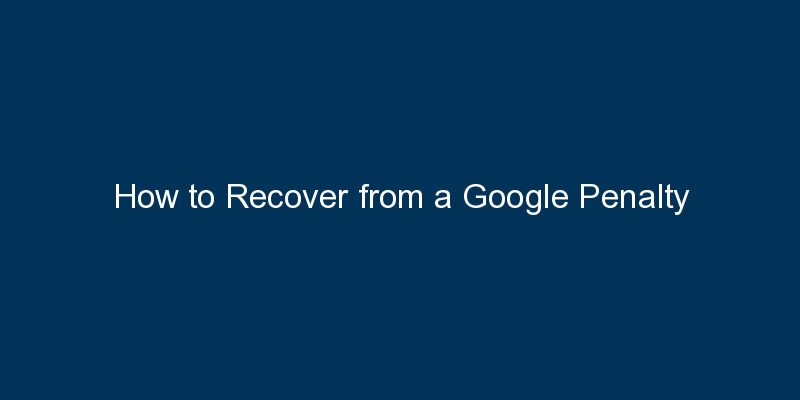




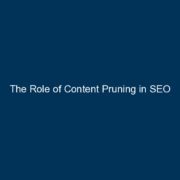


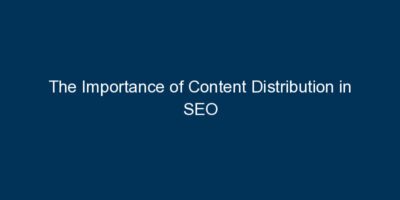

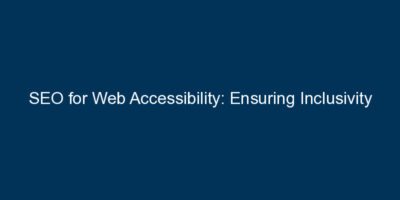

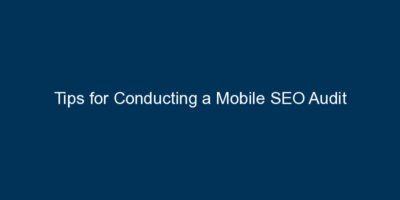









Comments